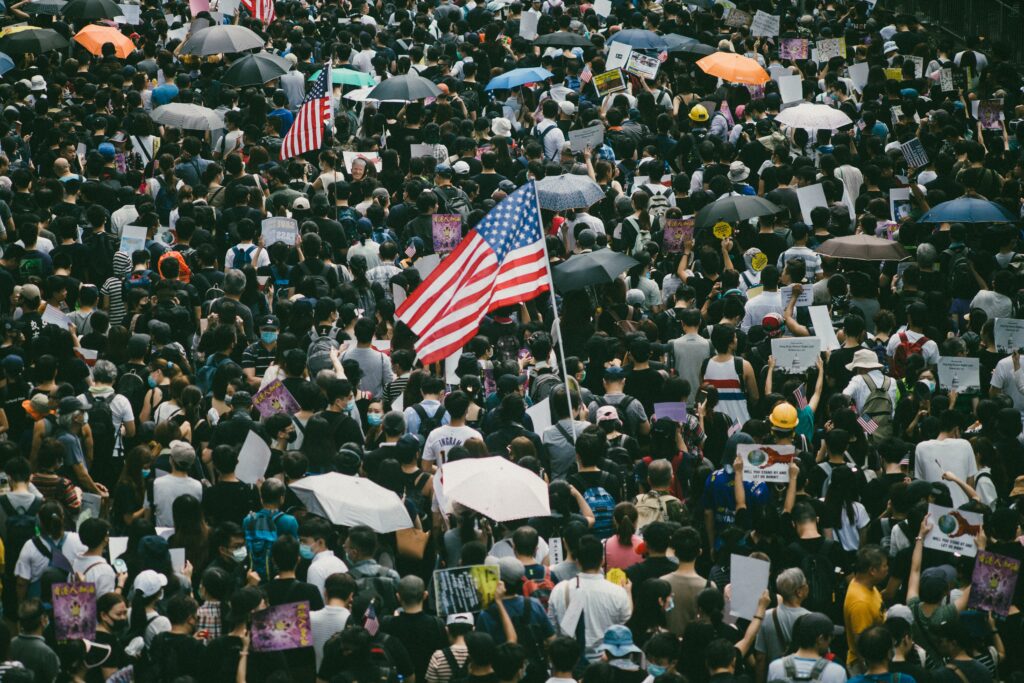Journalists bear the responsibility of providing accurate, fact-based information to the public, guarding against the proliferation of false or misleading content. By diligently fact-checking, verifying sources, and adhering to ethical reporting standards, journalists not only inform voters but also empower them to make informed decisions at the ballot box, thereby preserving the essential trust between citizens and the free press.
Furthermore, the protection against misinformation in election reporting is vital for upholding the principles of democracy. Free and fair elections are the cornerstone of any democratic society, and an informed electorate is crucial for these elections to truly represent the will of the people. Yet, the election cycle is fraught with bad actors seeking to wreak havoc on this democratic process through disinformation. Journalists serve as watchdogs, monitoring the political landscape, and holding those in power accountable. By actively countering misinformation, they help maintain the credibility of the electoral process and ensure that democracy thrives in an era where information is both a valuable asset and a potential weapon.
Pushing back against mis- and disinformation and amplifying correct information are key to maintaining trust with the voting public.
Guides & Best Practices
Wisconsin Center for Investigative Journalism and University of Wisconsin-Madison Center for Journalism Ethics
Don’t repeat the myth: A local reporter’s toolkit for covering mis and disinformation on social media
This is a comprehensive guide specifically developed around the context of election coverage as part of the Election Integrity Project. It covers what mis- and disinformation are and how you may encounter it, along with an overview of tools you can use to verify information. The guide also walks reporters step-by-step through how to assess the possible impact of a given misinformation and how to cover it or not cover it responsibly. These steps include how to gauge whether to report on the mis/disinformation initially, “prebunking” news coverage by letting your news audience know that disinformation is possible, and being cautious when responding to bad actors as your response could give weight to the misinformation rather than debunk it as intended.
Global Investigative Journalism Network (GIJN)
Elections Guide for Investigative Reporters: Chapter 4 — Investigating Political Messaging and Disinformation
Made up of journalists from around the world, GIJN has distilled this guide from many different elections. The guide identifies three main tracks of election interference: a) disinformation that discredits candidates/parties, b) disruptive information such as wrong voting times or locations, c) and falsehoods that undermine election results.
American Press Institute (API)
Trusted Elections Network Guide to Covering Elections and Misinformation
This guide responds to some of the questions reporters might ask themselves when covering mis- and disinformation like “when should we respond to misinformation” and “how should we respond to misinformation.” The guide’s main takeaways include that misinformation spreads when there is a lack of clear and accurate information; that bad actors often want news media to cover their false claims to amplify their reach; and that when addressing false information, lead with what’s true. Finally, be transparent about your reporting process and speak directly to your audience about mis/disinformation.
PEN America
A Journalist’s Guide to Navigating Disinformation when Covering Breaking News
This tipsheet prepared by PEN America’s misinformation researchers advises journalists on how to detect and combat misinformation especially in breaking news contexts when the desire for speed may trip up accuracy.
Stanford Cyber Policy Center
How to Responsibly Report on Hacks and Disinformation
This playbook from Stanford’s Cyber Policy Center urges journalists to see themselves as potential targets of mis/disinformation. Are you being used? Is this false information meant to redirect your attention elsewhere? Also, focus on the why in addition to the what – explain why the information was leaked, not just what information was leaked. And, as far as hyperlinks, *don’t* link to the mis/disinformation and think about having stock language alongside stories that explain the motivation for the false information and why your news outlet is addressing it. Finally, consider having a reporter dedicated to the mis/disinformation beat.
Assistance
Trusting News, a group that empowers journalists to establish trust with their news audience, has Educator Trust Kits, a weekly newsletter and is even open to collaboration/helping your newsroom.
PEN America, a non-profit aimed at protecting freedom of expression both in the U.S. and worldwide, has a list of mis/disinformation resilience tools your newsroom can use when responding to the wrong information.
MediaWise is a program of the Poynter Institute that is dedicated to teaching people digital media literacy and fact-checking skills.
International Fact-Checking Network (IFCN), another initiative of the Poynter Institute, this global network of fact-checkers promotes best practices in fact-checking and provides resources and training to combat misinformation.
First Draft was a nonprofit organization that provided resources, training, and research to support journalists in verifying and reporting on information from social media and other digital sources. While the project ended in 2022, during its many years it developed a trove of resources, free online courses, and best practices identifying misinformation and covering it that are still available and relevant today.
Additional Resources
Trusting News
Are you fighting misinformation? Tell your audience by Joy Mayer
Article
First Draft News
Newsgathering and Monitoring on the Social Web by Carlotta Dotto and Rory Smith
Report
ProPublica
How to Outsmart Election Disinformation by Karim Doumar and Cynthia Gordy Giwa
Article
Poynter
A guide to anti-misinformation actions around the world by Daniel Funke and Daniela Flamini
Article
European Journalism Observatory
How Journalism is joining forces with AI to fight online mis/dis-information by Kristen Saldarini
Article
The New York Times
Inside the ‘Misinformation’ Wars by Ben Smith
Article
Digital Journalism
Debunking False Information: Investigating Journalists’ Fact-Checking Skills by Marju Himma-Kadakas and Indrek Ojamets
Report



